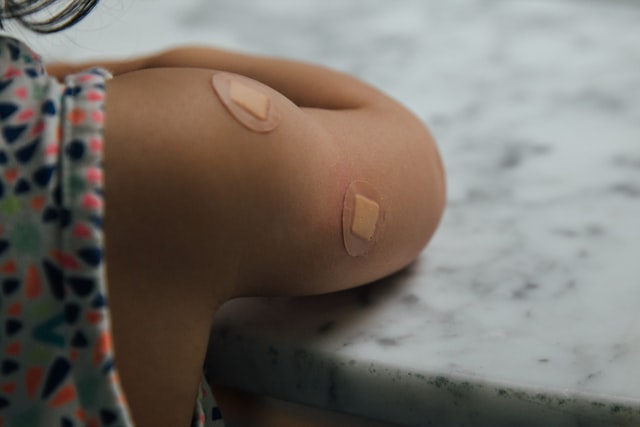Aggregated News

In early 2017, a neurologist at Boston Children's Hospital called Timothy Yu began work on the most ambitious project of his life: to design and synthesise an experimental drug for a dying child, within a timeframe of just a few months.
Weeks earlier, Yu had been forwarded a desperate plea made on Facebook from a woman called Julia Vitarello. Her daughter Mila, then just five years old, had been diagnosed with Batten disease: a rare but devastating neurodegenerative disorder combining symptoms of Parkinson's disease, dementia, and epilepsy. Worse, Mila's form of Batten disease was driven by a unique gene mutation, meaning no existing experimental therapies would work.
Rather than accept her daughter's fate, Vitarello became an activist, setting up a foundation in her daughter's name. Through crowdfunding, she raised more than $3m (£2.4m) with the aim of funding a novel gene therapy. This ultimately led her to Yu.
After sequencing Mila's genome to identify the responsible mutation, Yu suggested developing a drug called an "antisense oligonucleotide". This relatively new treatment approach had recently been used to create a therapy...



